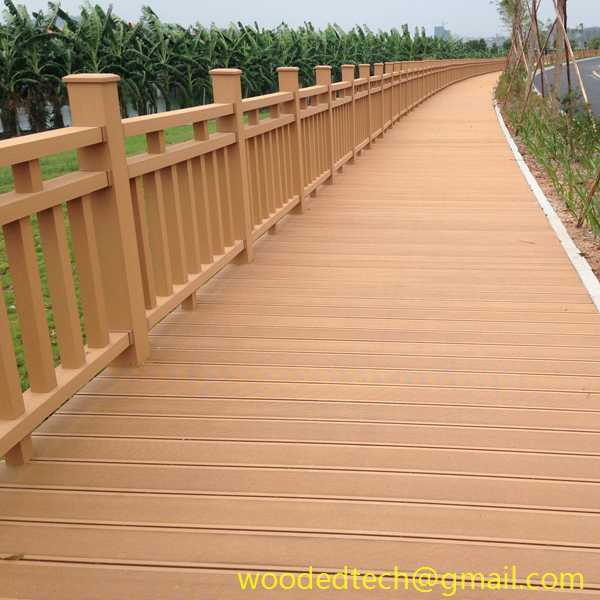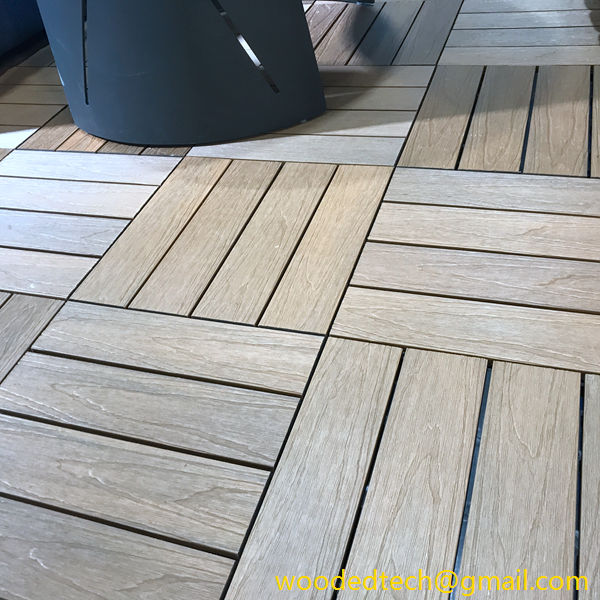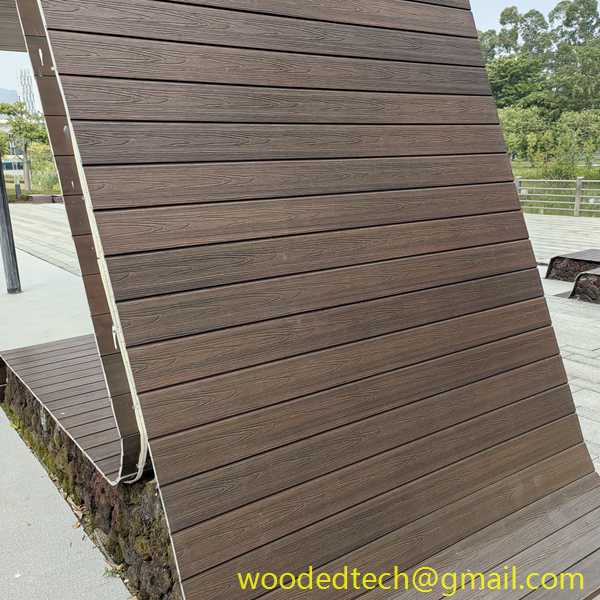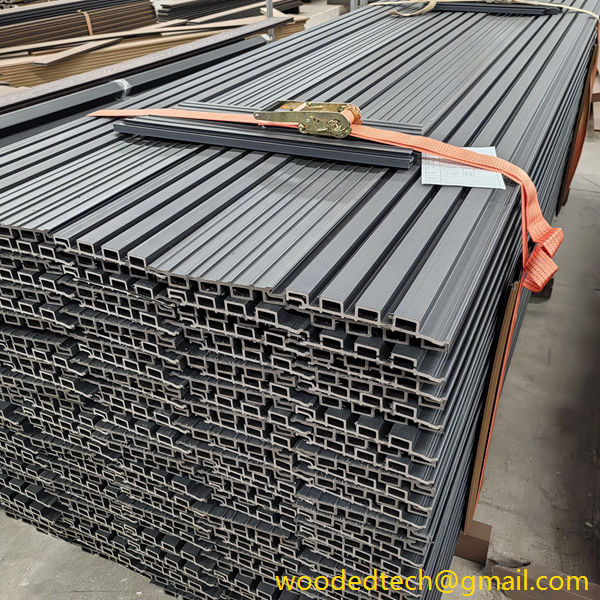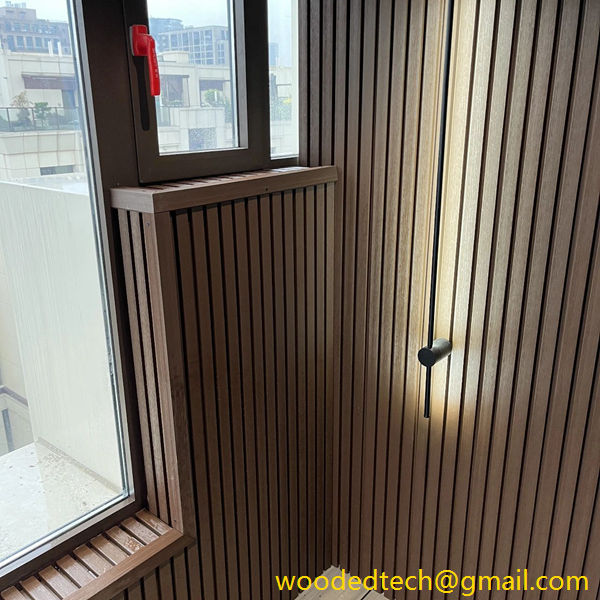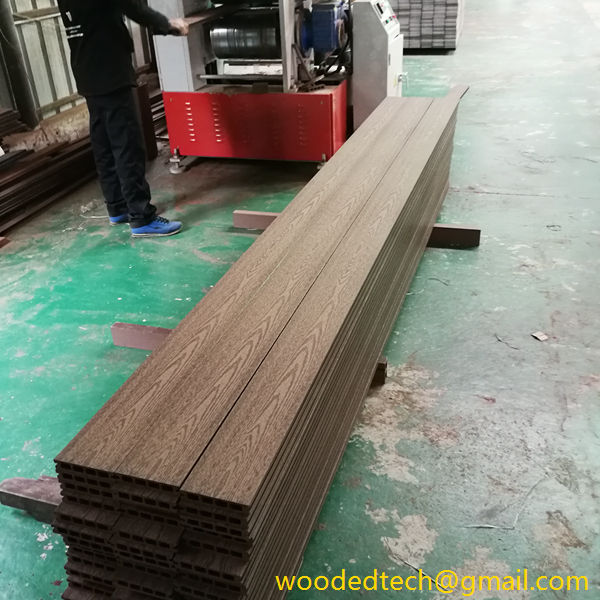Stylish WPC Composite Fence Panels for Modern Homes
In recent years, the demand for innovative and sustainable building materials has skyrocketed, particularly in residential design. One such material that has gained significant popularity is Wood-Plastic Composite, commonly referred to as WPC. WPC composite fence panels have emerged as a stylish and functional choice for modern homes, combining aesthetic appeal with practical benefits. To fully appreciate the advantages of these panels, it is essential to understand the materials and production processes involved in their creation.
WPC is a composite material made from a blend of wood fibers and thermoplastic resins. This combination results in a product that boasts the natural appearance of wood while offering enhanced durability and resistance to environmental factors. The wood fibers typically come from recycled wood products, making WPC an environmentally friendly option. The thermoplastic resins, often sourced from recycled plastics, play a crucial role in binding the wood fibers together and providing structural integrity.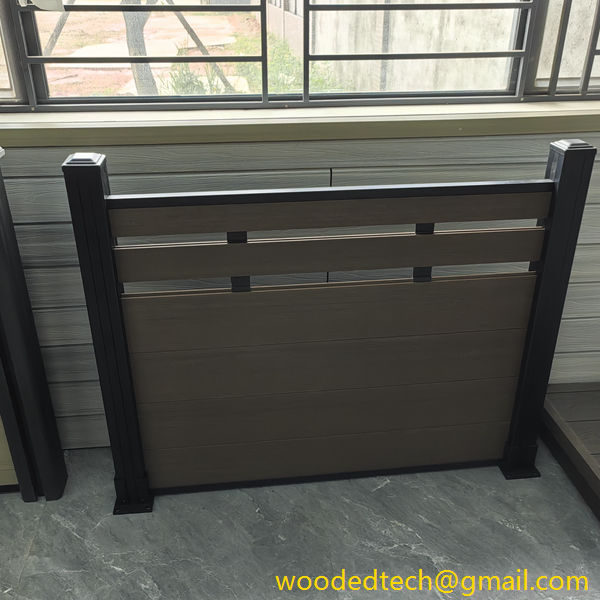
The production process of WPC composite fence panels begins with the careful selection of raw materials. Manufacturers prioritize high-quality wood fibers and resins to ensure the final product’s strength and appearance. The wood fibers are processed to achieve a consistent size and shape, which is essential for creating a uniform composite material. This step is vital because it influences the overall performance of the fence panels, including their strength, flexibility, and resistance to warping or cracking.
Once the wood fibers are prepared, they are mixed with the thermoplastic resins in a precise ratio. This mixture is then subjected to a process called extrusion, where it is heated and forced through a mold to create the desired shape of the fence panels. Extrusion allows for the creation of complex profiles, enabling manufacturers to design panels that mimic the look of traditional wood fencing while providing the benefits of modern materials.
After extrusion, the panels undergo cooling and solidification, after which they are cut to the appropriate lengths. At this stage, manufacturers may apply additional treatments or coatings to enhance the panels’ resistance to fading, scratching, and moisture. These treatments not only improve the longevity of the fence panels but also contribute to their overall aesthetic appeal. For instance, some manufacturers offer a variety of colors and finishes, allowing homeowners to choose a design that complements their exterior décor.

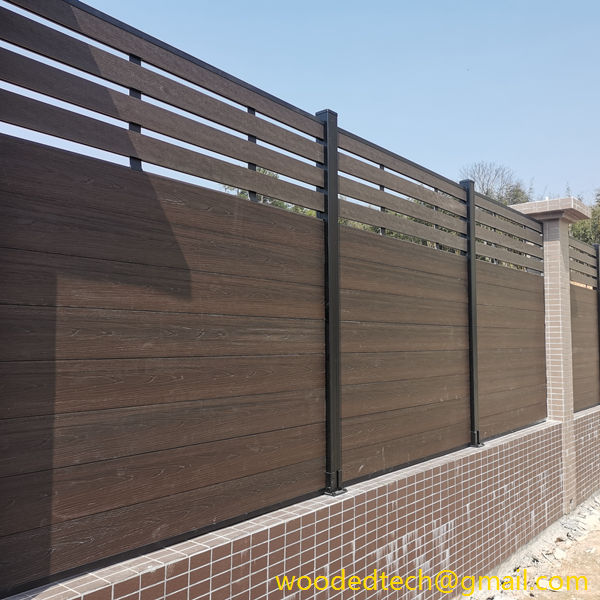
One of the most significant advantages of WPC composite fence panels is their low maintenance requirements. Unlike traditional wood fences, which often require regular staining, sealing, or painting, WPC panels can be easily cleaned with soap and water. This ease of maintenance is particularly appealing to homeowners who want a stylish fence without the ongoing commitment of upkeep.
Moreover, WPC panels are designed to be resistant to pests such as termites and other wood-boring insects. This resistance ensures that the panels maintain their structural integrity over time, providing homeowners with peace of mind regarding their investment. Additionally, WPC does not splinter like traditional wood, making it a safer option for families with children and pets.
Another benefit of WPC composite fence panels is their environmental impact. The use of recycled materials in their production process reduces the demand for virgin wood and plastic, helping to conserve natural resources. Furthermore, WPC is fully recyclable, making it a sustainable choice for environmentally conscious homeowners.
In terms of aesthetics, WPC composite fence panels offer a versatile design that can suit various architectural styles. Whether a homeowner prefers a sleek, modern look or a more traditional appearance, WPC panels can be customized to meet those preferences. Their ability to mimic the natural grain and texture of wood, combined with a range of color options, allows for seamless integration into any landscape.
In conclusion, stylish WPC composite fence panels represent a significant advancement in fencing solutions for modern homes. Their production process, which combines recycled wood fibers and thermoplastic resins through innovative techniques, results in a product that is both durable and visually appealing. With their low maintenance requirements, resistance to pests, and eco-friendly attributes, WPC panels offer homeowners a practical and stylish fencing option. As the trend toward sustainable building materials continues to grow, WPC composite fence panels are poised to become a staple in contemporary residential design.

